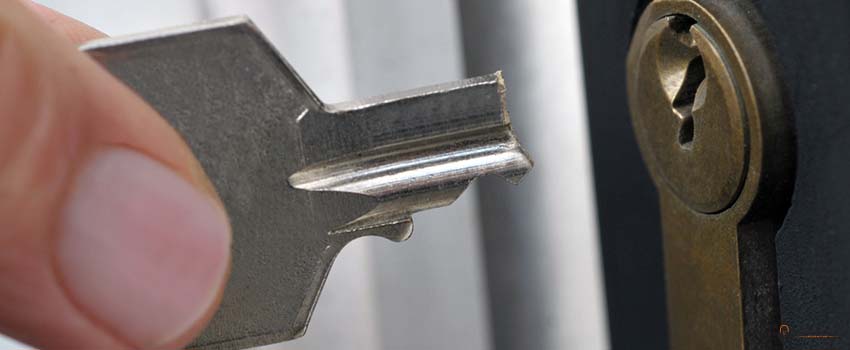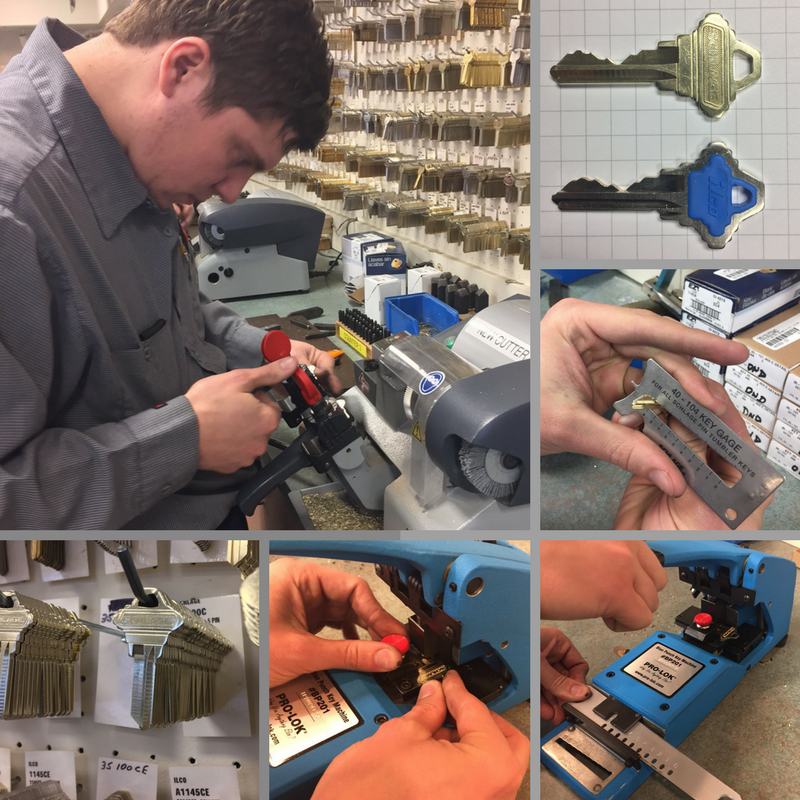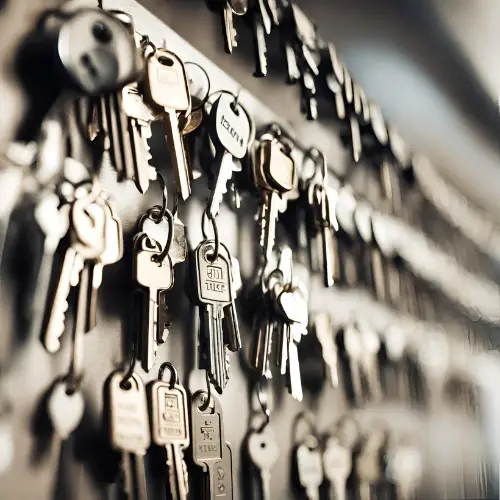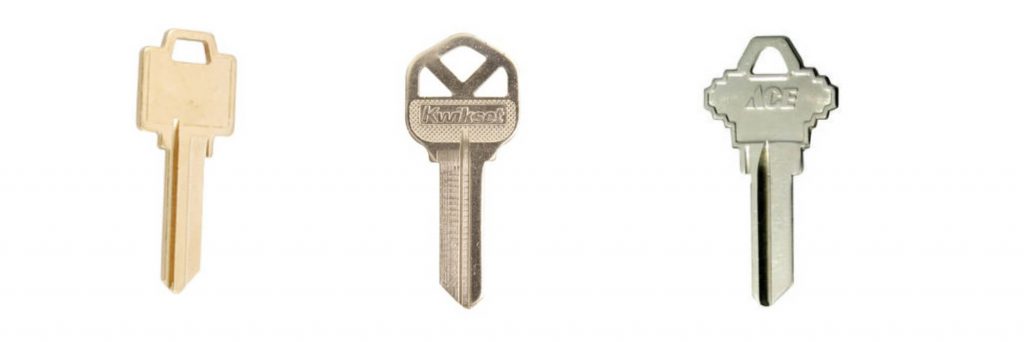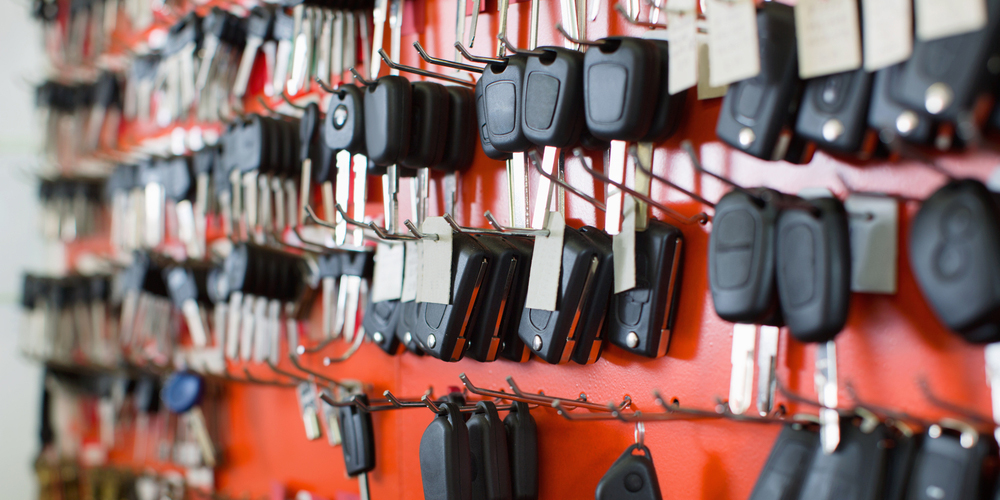Can You Make A Copy Of A Broken Key

A snapped key no longer spells immediate doom. Advances in key cutting technology and the ingenuity of locksmiths are providing homeowners and businesses with viable options for duplicating even severely damaged keys.
The ability to replicate a broken key is significant. It avoids the often-expensive alternative of replacing locks and provides a quicker, less disruptive solution for regaining access.
The central question is: Can you make a copy of a broken key? The short answer is often, yes. This depends on the extent of the damage and the type of key in question.
Key Cutting Challenges and Solutions
Key duplication is a long-standing trade, but broken keys present unique challenges. Previously, a complete, intact key was almost always required.
Today, locksmiths employ various techniques to overcome these hurdles. These include using specialized key-cutting machines, code cutting based on the lock's internal configuration, and even reconstructing keys from fragments.
Advanced Key Cutting Technology
Modern key-cutting machines are increasingly sophisticated. They can read the depth and spacing of cuts from the remaining portions of a broken key, even if it’s in multiple pieces.
Many locksmiths now use computer-aided design (CAD) and computer-aided manufacturing (CAM) software. This allows them to create a digital blueprint of the key and precisely cut a new one.
This technology significantly increases the chances of successfully duplicating a broken key, as it can compensate for missing sections and ensure accurate replication.
Code Cutting: A Key to Unlocking Possibilities
If the broken key is beyond physical reconstruction, code cutting provides another avenue. This method relies on the lock's specific code, which dictates the precise cuts required for the key.
Locksmiths can obtain the key code in some instances, allowing them to create a new key without any physical fragment. However, code retrieval often requires documentation and proof of ownership.
This method may be more complex and time-consuming, but it offers a solution when physical duplication is impossible.
The Human Element: Locksmith Expertise
While technology plays a critical role, the skill and experience of the locksmith are paramount. Reconstructing a key from fragments often requires a keen eye and meticulous attention to detail.
A locksmith's ability to analyze the damage, assess the key type, and choose the appropriate technique is crucial for success. They can often “read” the wear patterns and deduce the missing sections of the key.
The human element provides a personalized approach often surpassing the capabilities of automated systems alone.
"It's like putting together a puzzle," says John Smith, a locksmith with 15 years of experience. "Each piece, no matter how small, can provide a vital clue."
Impact and Considerations
The ability to duplicate broken keys offers several benefits. It saves time and money compared to lock replacement and minimizes disruption during emergencies.
However, there are also security considerations. It's crucial to verify the legitimacy of the locksmith and protect key codes from unauthorized access.
Homeowners should always research local locksmiths, reading reviews and checking for proper licensing and insurance before entrusting them with their keys or lock information.
Conclusion
Duplicating a broken key is not always a guaranteed process, but thanks to technology and skilled locksmiths, it's becoming increasingly possible. Whether through advanced machine cutting, code retrieval, or manual reconstruction, options exist to regain access without the hassle of replacing entire locks.
Before discarding a broken key, consider consulting a reputable locksmith. The solution might be simpler than you think.

